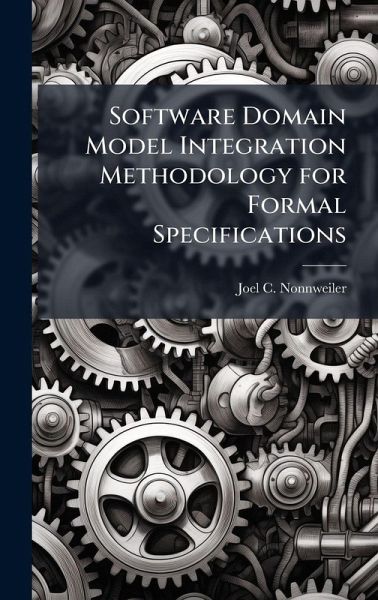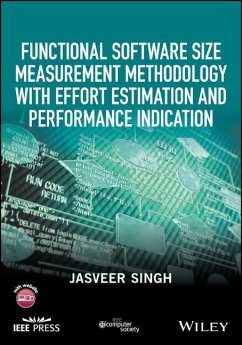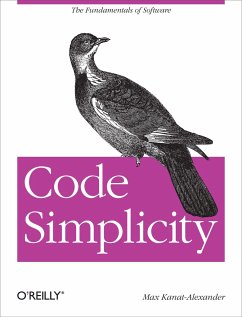
Software Domain Model Integration Methodology for Formal Specifications
Versandkostenfrei!
Versandfertig in über 4 Wochen
29,99 €
inkl. MwSt.
Weitere Ausgaben:

PAYBACK Punkte
15 °P sammeln!
Using formal methods to create automatic code generation systems is one of the goals of Knowledge Based Software Engineering (KBSE) groups. The research of the Air Force Institute of Technology KBSE group has focused on the utilization of formal languages to represent domain model knowledge within this process. The code generation process centers around correctness preserving transformations that convert domain models from their analysis representations through design to the resulting implementation code. The diversity of the software systems that can be developed in this manner is limited onl...
Using formal methods to create automatic code generation systems is one of the goals of Knowledge Based Software Engineering (KBSE) groups. The research of the Air Force Institute of Technology KBSE group has focused on the utilization of formal languages to represent domain model knowledge within this process. The code generation process centers around correctness preserving transformations that convert domain models from their analysis representations through design to the resulting implementation code. The diversity of the software systems that can be developed in this manner is limited only by the availability of suitable domain models. Therefore it should be possible to combine existing domain models when no single model is able to completely satisfy the requirements by itself. This work proposes a methodology that can be used to integrate domain models represented by formal languages. The integration ensures that the correctness of each input model is maintained while adding the desired functionality to the integrated model. Further, because of the inherent knowledge captured in the domain models, automated tool support can be developed to assist the application engineer in this process. This work has been selected by scholars as being culturally important, and is part of the knowledge base of civilization as we know it. This work was reproduced from the original artifact, and remains as true to the original work as possible. Therefore, you will see the original copyright references, library stamps (as most of these works have been housed in our most important libraries around the world), and other notations in the work. This work is in the public domain in the United States of America, and possibly other nations. Within the United States, you may freely copy and distribute this work, as no entity (individual or corporate) has a copyright on the body of the work. As a reproduction of a historical artifact, this work may contain missing or blurred pages, poor pictures, errant marks, etc. Scholars believe, and we concur, that this work is important enough to be preserved, reproduced, and made generally available to the public. We appreciate your support of the preservation process, and thank you for being an important part of keeping this knowledge alive and relevant.












